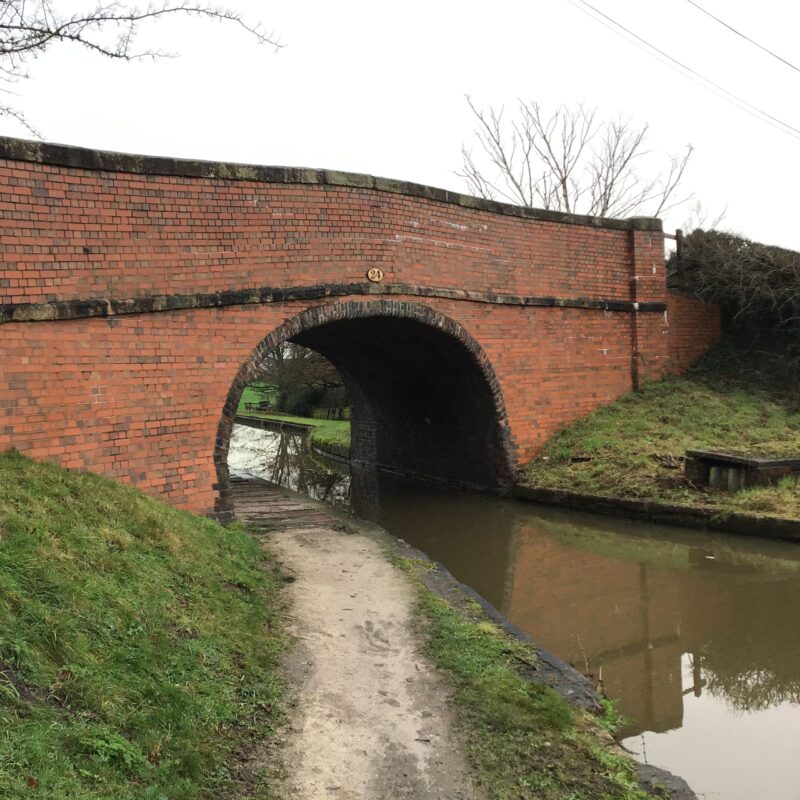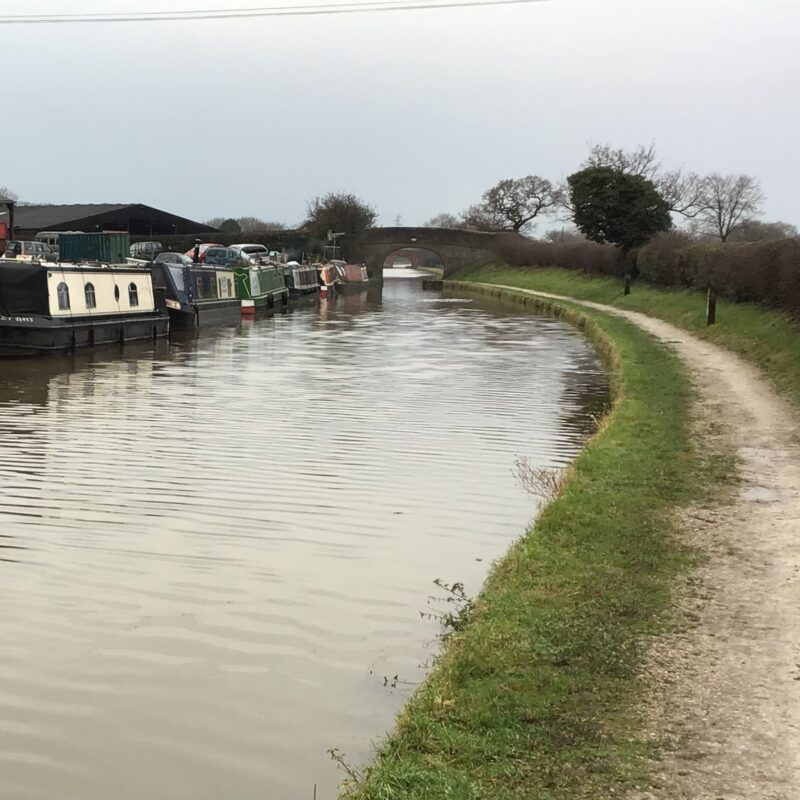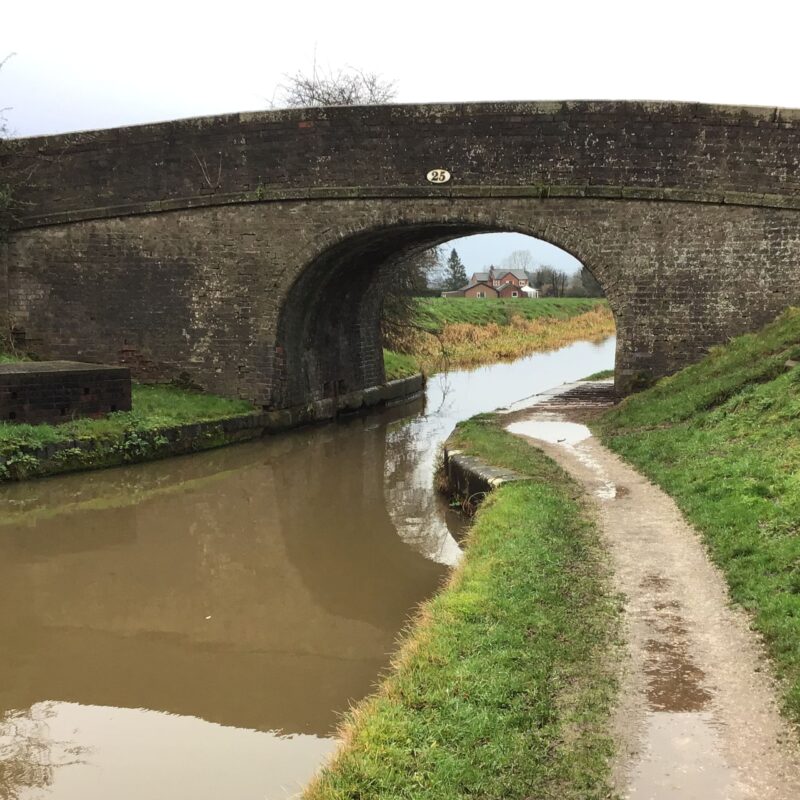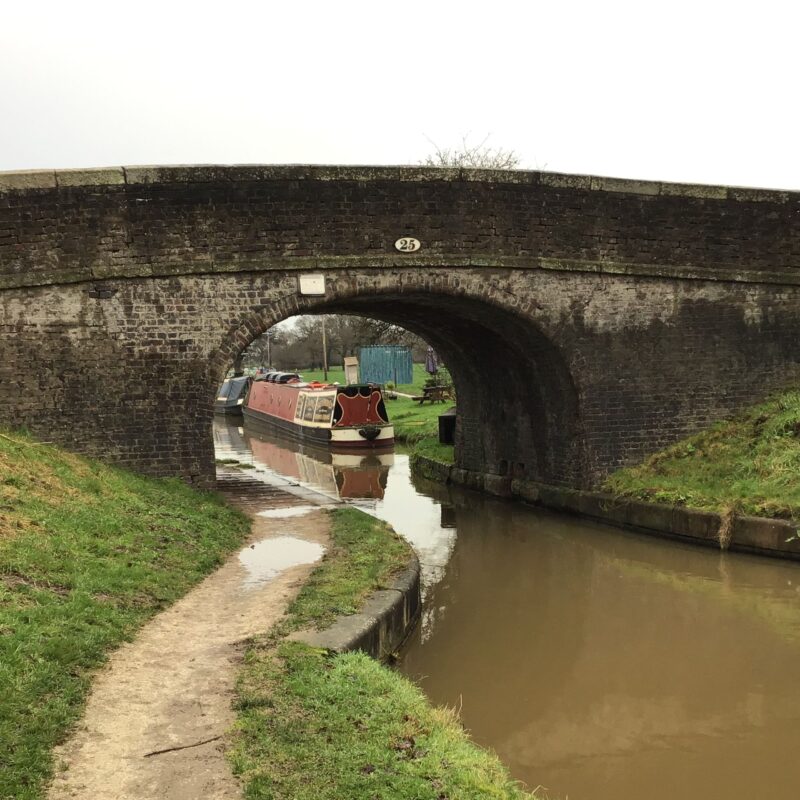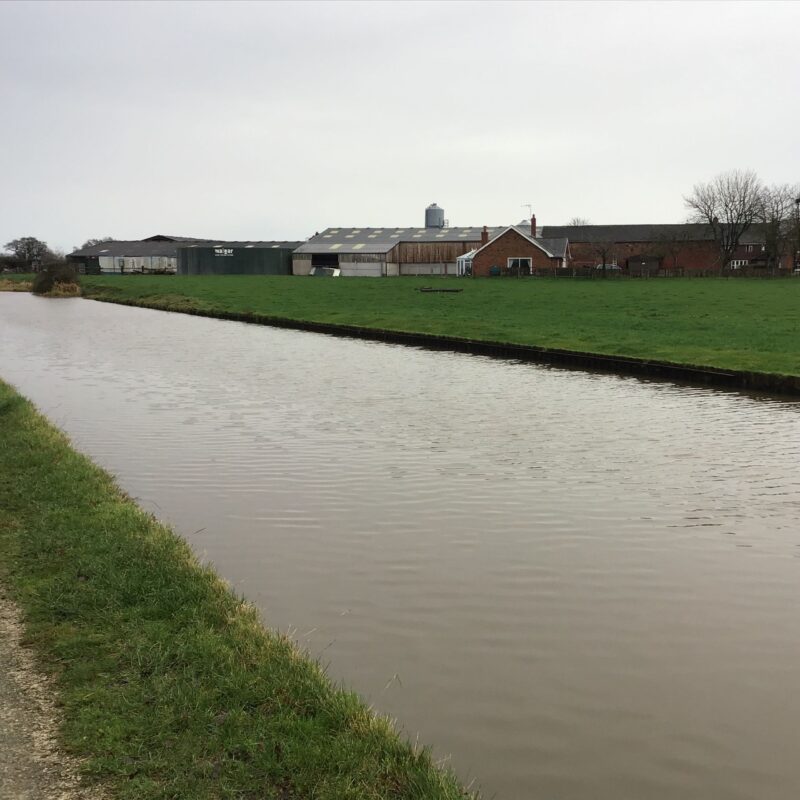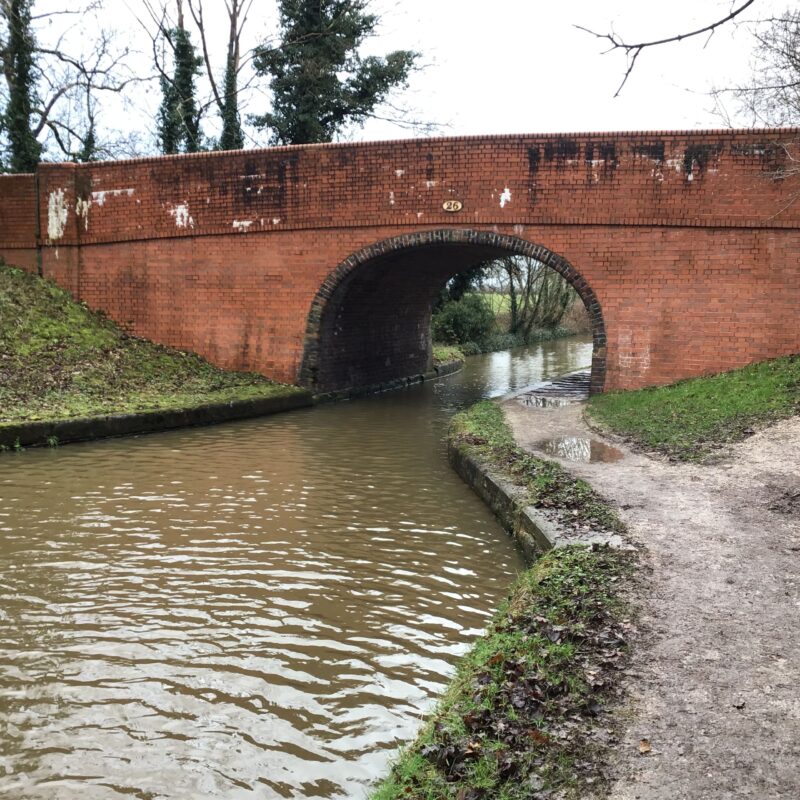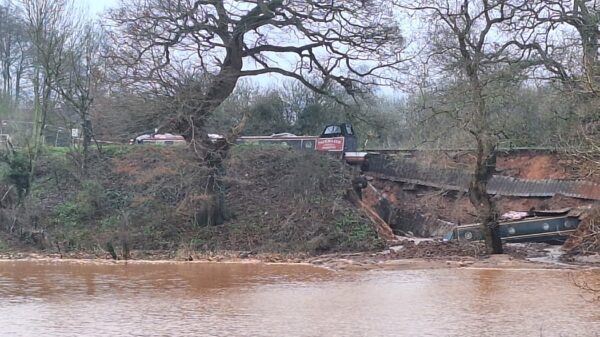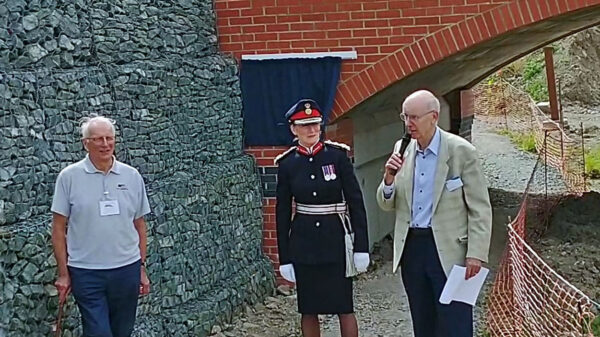HS2: Middlewich Branch of Shropshire Union Canal
HS2: Middlewich Branch of the Shropshire Union Canal
The latest HS2 Phase 2b Western Leg Design Refinement proposals affect the Middlewich Branch of the Shropshire Union Canal in the Wimboldsley area north of Crewe.
The Middlewich Branch will be impacted by the Crewe North Rolling Stock Depot over a distance of about 4 km around Wimboldsley, and by the three viaduct crossings of the canal between Park Farm and Yew Tree Farm.
The historic environment of the canal within the rural landscape will be permanently degraded by the visual impact of these HS2 structures, and the users of the canal will be subject to construction and operational noise impacts.
Find out more
HS2 Phase 2B affects 16 inland waterways, both canals and river navigations, in at least 22 locations, including three canal restoration schemes.
Crewe North Rolling Stock Depot
The layout of the Depot is now shown on the Proposed Scheme and Construction Phase plans. Its overall size has increased from 60 to 65 ha, with the inclusion of a satellite Infrastructure Maintenance Base-Rail (IMB-R).
There are still no elevation sections or plans to indicate the height or appearance of the Depot buildings. This is despite promises to the local MP to do so in 2018. They are likely to be visible over long distances in this relatively flat landscape, including from the Middlewich Branch Canal. The View east from Wimboldsley Footpath 9 shows that the Main Depot Maintenance Shed and the Auxiliary Maintenance Shed will be visible from the canal above the screen planting alongside the West Coast Main Line. Depending on their height, the Accommodation Building and the Traction Substation may also be visible.
Extensive earth bunding with screen planting on top is shown on the east side of the HS2 main line, to protect areas further east. But the planting along the west side the West Coast Main Line, nearest the Middlewich Branch Canal, is not raised on any bunding. North of Wimboldsley Grange this is reduced to a single line of trees. The northern part of the Depot is partly screened by internal planting around the Traction Substation. Again, this is not on raised bunding so its effectiveness as visual and noise screening is not clear.
Canalside Habitat Creation
The 2018 plans showed ‘woodland habitat creation’ planting in a narrow corridor extending along the offside of the Middlewich Branch Canal. This will be over 2km between Canal Cottage near Wimboldsley and the West Coast Main Line canal bridge. Such extensive woodland planting would have changed the whole character of a long section of the canal that currently enjoys open countryside views, to an enclosed woodland outlook on one side. It was not clear if this was meant to provide visual screening of the Depot or if it was just compensatory habitat planting. Although, its absence between the West Coast Main Line and HS2 canal crossings suggested the latter.
On the new plans most of this area is now shown as ‘grassland habitat creation’. There are just four smaller areas of woodland planting, of which two are based on expansion of existing canalside woods. This answers our concerns about visual enclosure, and the visual change from canalside agricultural grassland to grassland habitat will be limited, so this change is acceptable.
East of the canal viaducts, by Yew Tree Farm, further areas of grassland habitat creation are shown on either side of the canal, backed by woodland planting on the south side. The woodland here has been reduced in extent but will still provide screening of views south towards the Depot and, being set back from the canal edge, is acceptable. However, the access track to a balancing pond circles the pond to a turning head right against the canal which seems unnecessarily intrusive. This should be cut back to terminate away from the canal.
Mitigation
The habitat creation changes appear to confirm that the original proposal was not about screening of the Depot. However, as noted above, the Depot buildings will be visible from the canal over a distance of about 4 km and further screening is needed. This is most effectively provided nearest the source. Earth bunding topped with planting located close to the Depot, just west of the West Coast Main Line, would provide better visual and noise screening for both the canal and other properties. North of Wimboldsley Grange similar planted bunding should be provided around the western edge of the Depot. This should be in a more continuous and coherent manner than currently proposed, as far as the Clive Green Lane Realignment.
This would improve the visual and noise screening of the buildings and operation of the Depot for users of the canal, and of the wider landscape setting of the canal, and also benefit nearby properties. More details of the height and design of the Depot buildings, appropriate visualisations and noise modelling are all needed to assess how effective such screening will be and appropriate dimensions. Also, given the long timescale for maturity of planting, this should be scheduled as advance works.
Viaducts
The previously proposed two crossings of the canal are now increased to three to provide for the Crewe Northern Connection. This will further increase their impact on the canal. They are also changed from underbridges to viaducts, and that for the southbound HS2 tracks will be up to 7.8m high. Although the height of the other viaducts is not given they will need to provide a minimum 3m air draught clearance over the canal.
The consultation acknowledges that:
- the construction of the crossings of the Shropshire Union Canal would lead to the temporary loss of deciduous woodland habitat either side of the canal;
- users of the Shropshire Union Canal Middlewich Branch would notice changes in views during the construction and operation of the additional canal viaduct. This would change the character associated with the canal, restricting longer distance views;
- operational noise and the movement of trains on embankment and viaduct will change the sense of tranquillity associated with the Shropshire Union Canal Middlewich Branch and the setting of historic assets within the landscape;
The change from single span bridges to what are presumed to be multi-span viaducts may help maintain some open views from the canal, depending on the spans of the viaducts and the design and orientation of the piers. However, the overall visual impact of more and higher crossing structures will be greater. Their noise impacts are also potentially greater, depending on how adequate is the provision of noise fencing.
The viaducts will also impact on the setting of the historic canal bridge, Hughes Bridge 25, which is Grade II Listed.
Following IWA campaigning, the balancing pond near Park Farm has now been removed to allow for more screen planting of the railway.
Mitigation
Whilst some changes will be unavoidable, every effort should be made to mitigate the adverse visual and noise impacts by sympathetic design of the viaducts and provision of integral noise barriers to help protect the heritage and the recreational use of the canal. The design of the viaducts is unknown but should follow the Canal & River Trust design principles accepted for Phase 1. We have requested that consultation on the detailed designs with IWA and CRT should be undertaken at as early a stage as possible.
Construction of the viaducts will require canal closures for unknown periods affecting boaters and users of the towpath, and may need temporary canal bridges. This is a very well used section of canal, forming part of the popular Four Counties Ring canal route, and any prolonged closure would significantly affect many canal businesses, especially hire boat companies. Therefore, any ‘stoppages’ causing disruption to canal traffic should entirely avoid the busy March to October period, and any temporary navigation closures over the winter period should be kept to a minimum of a few hours, or at most a few days with several months advance warning.
There are about 15 offside boat moorings at Park Farm some of which will be directly lost under the viaducts, and others may be lost due to construction works and the long-term degradation of their currently tranquil setting. Compensation should be provided. The popular visitor towpath moorings at Yew Tree Farm will also be badly impacted during construction, and noise mitigation should be provided to limit operational impacts.
Noise
The previous Operational Noise Contour Maps showed no noise fencing in the vicinity of the canal and predicted noise levels in the ‘red’ zone of ‘significant effect’. The Depot will be a 24-hour operation and there will be late evening and early morning train movements into and out from the depot across the canal viaducts outside the normal operating hours of the HS2 main line, as well as overnight maintenance train movements from the addition of the IMB-R. These this will further increase the noise impacts on the canal and its users.
IWA considers that all canal users should be provided with noise protection from HS2 trains at all canal interfaces. This requires acoustic fencing across the canal viaducts, continuing onto the adjacent embankments, to at least the same standard as would be provided for residential properties at that location.
Clive Green Lane Realignment
The Clive Green Lane Overbridge has been moved and the road diversion extended to include a new crossing of the Middlewich Branch Canal in close proximity to the historic canal bridge, Clive Green Bridge 24. Its design should respect the architectural tradition of Shropshire Union Canal bridges, and provide a minimum 3m air draught clearance over the canal. Construction of the Offline Overbridge and its approach embankments will have visual and noise impacts on canal users, and any temporary canal closures of the navigation or towpath should avoid the busy March to October period and be kept to a minimum.
Access to the canal towpath for pedestrians and cyclists from Clive Green Lane should be provided. This could either be via the historic canal bridge or a ramped access from the new bridge.
Long term changes to the canal’s setting and environment should be mitigated as far as possible by landscape planting.
Other impacts
There will be other more-distant visual and noise impacts on the canal from the construction and presence of the large overbridge and embankments for the A530 diversion. The landscape mitigation planting should take account of this.
There will also potentially be light pollution along the canal from the night-time lighting of the Depot. This could affect the habitat and behaviour of bats, birds and other wildlife. Lighting should be internally directed and avoid undue light spillage in the surrounding area.
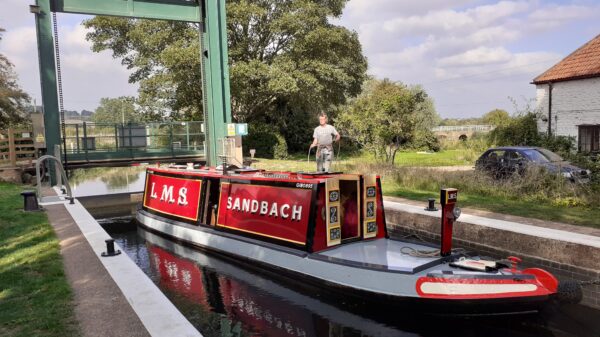
Sustainable boating
We are campaigning for boating on canals and rivers to be more sustainable.
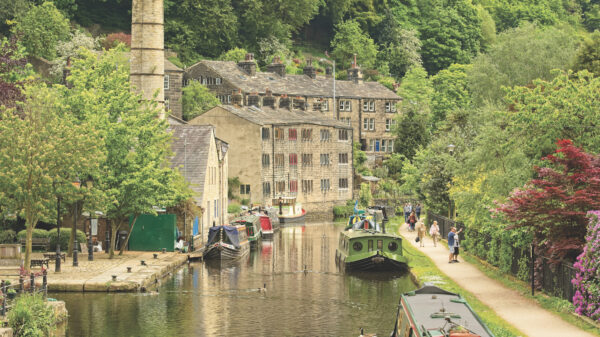
Preserving heritage
Britain’s canals and rivers are a unique, living heritage. But that heritage is at risk.
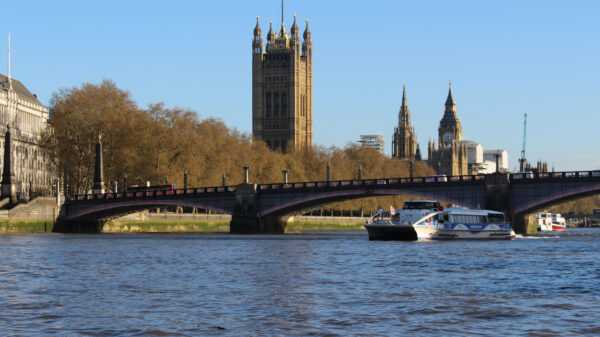
Safeguarding waterways
Hundreds of miles of waterways are currently starved of funding.
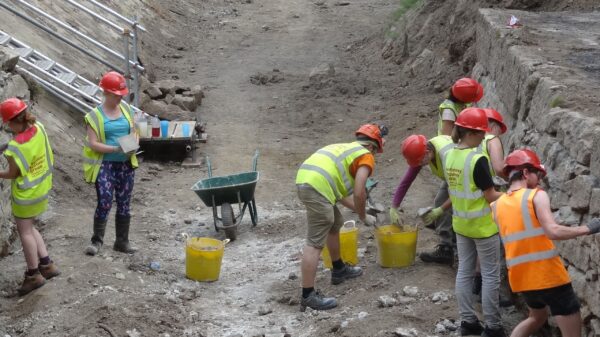
Restoring waterways
Bringing Britain’s blue infrastructure back to life is good for people and places.
Our use of cookies
We use necessary cookies to make our site work. We'd also like to set optional analytics cookies to help us improve it. For more detailed information about the cookies we use, see our 'Cookie Policy page'.Edit preferences Accept
Privacy Overview
| Cookie | Duration | Description |
|---|---|---|
| __stripe_mid | 1 year | Stripe sets this cookie to process payments. |
| __stripe_sid | 30 minutes | Stripe sets this cookie to process payments. |
| cookielawinfo-checkbox-advertisement | 1 year | Set by the GDPR Cookie Consent plugin, this cookie records the user consent for the cookies in the "Advertisement" category. |
| cookielawinfo-checkbox-analytics | 1 year | Set by the GDPR Cookie Consent plugin, this cookie records the user consent for the cookies in the "Analytics" category. |
| cookielawinfo-checkbox-functional | 1 year | The GDPR Cookie Consent plugin sets the cookie to record the user consent for the cookies in the category "Functional". |
| cookielawinfo-checkbox-necessary | 1 year | Set by the GDPR Cookie Consent plugin, this cookie records the user consent for the cookies in the "Necessary" category. |
| cookielawinfo-checkbox-others | 1 year | Set by the GDPR Cookie Consent plugin, this cookie stores user consent for cookies in the category "Others". |
| cookielawinfo-checkbox-performance | 1 year | Set by the GDPR Cookie Consent plugin, this cookie stores the user consent for cookies in the category "Performance". |
| CookieLawInfoConsent | 1 year | CookieYes sets this cookie to record the default button state of the corresponding category and the status of CCPA. It works only in coordination with the primary cookie. |
| PHPSESSID | session | This cookie is native to PHP applications. The cookie stores and identifies a user's unique session ID to manage user sessions on the website. The cookie is a session cookie and will be deleted when all the browser windows are closed. |
| Cookie | Duration | Description |
|---|---|---|
| _fbp | 3 months | Facebook sets this cookie to display advertisements when either on Facebook or on a digital platform powered by Facebook advertising after visiting the website. |
| _ga | 1 year 1 month 4 days | Google Analytics sets this cookie to calculate visitor, session and campaign data and track site usage for the site's analytics report. The cookie stores information anonymously and assigns a randomly generated number to recognise unique visitors. |
| _ga_* | 1 year 1 month 4 days | Google Analytics sets this cookie to store and count page views. |
| _gat_gtag_UA_* | 1 minute | Google Analytics sets this cookie to store a unique user ID. |
| _gat_UA-* | 1 minute | Google Analytics sets this cookie for user behaviour tracking.n |
| _gid | 1 day | Google Analytics sets this cookie to store information on how visitors use a website while also creating an analytics report of the website's performance. Some of the collected data includes the number of visitors, their source, and the pages they visit anonymously. |
| CONSENT | 2 years | YouTube sets this cookie via embedded YouTube videos and registers anonymous statistical data. |
| Cookie | Duration | Description |
|---|---|---|
| test_cookie | 15 minutes | doubleclick.net sets this cookie to determine if the user's browser supports cookies. |
| VISITOR_INFO1_LIVE | 5 months 27 days | YouTube sets this cookie to measure bandwidth, determining whether the user gets the new or old player interface. |
| YSC | session | Youtube sets this cookie to track the views of embedded videos on Youtube pages. |
| yt-remote-connected-devices | never | YouTube sets this cookie to store the user's video preferences using embedded YouTube videos. |
| yt-remote-device-id | never | YouTube sets this cookie to store the user's video preferences using embedded YouTube videos. |
| yt.innertube::nextId | never | YouTube sets this cookie to register a unique ID to store data on what videos from YouTube the user has seen. |
| yt.innertube::requests | never | YouTube sets this cookie to register a unique ID to store data on what videos from YouTube the user has seen. |

